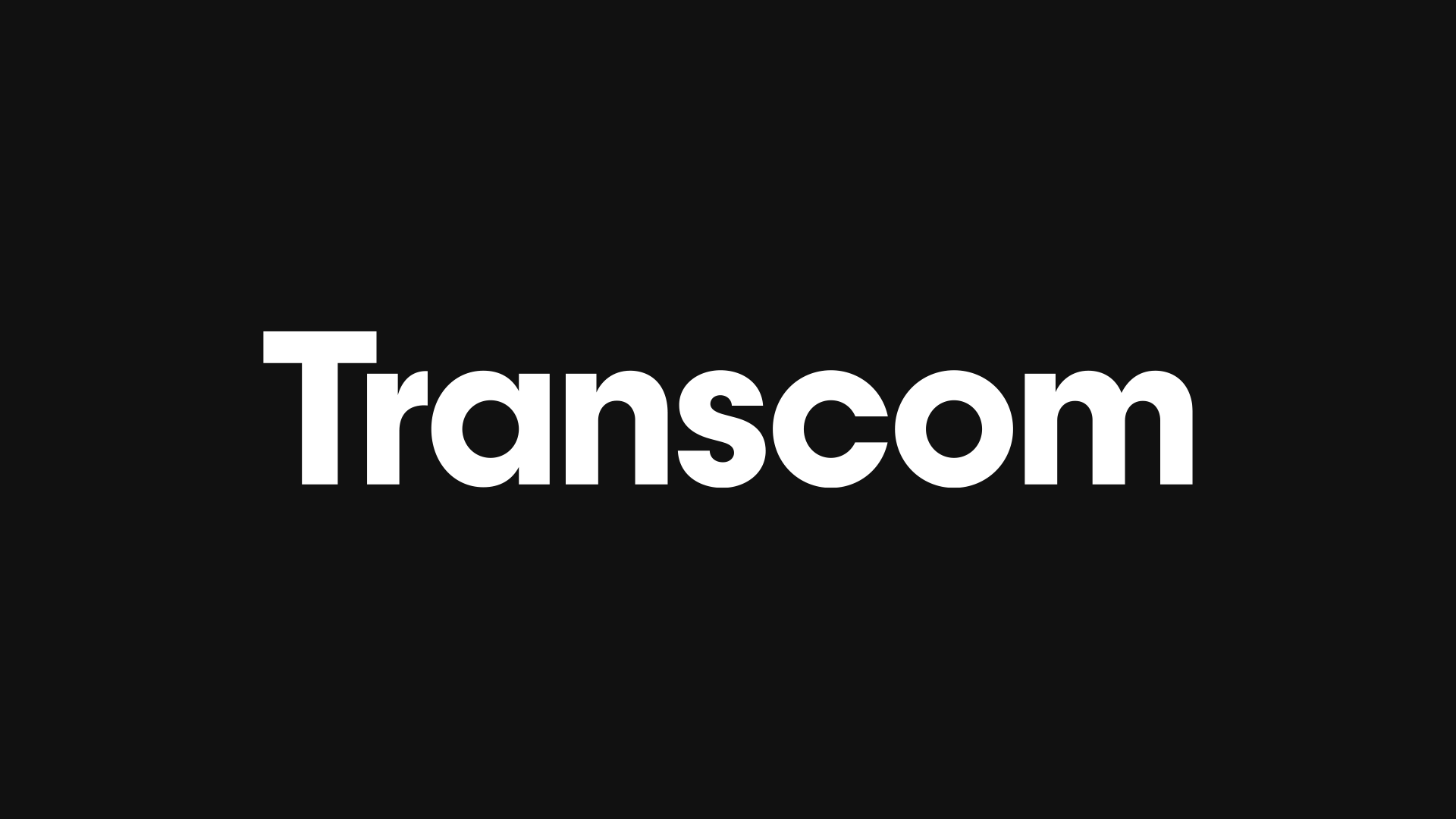
Hyper personalization is becoming a key for CX success. - guest blog by Jonas Berggren
Updated on October 17, 2024
Customer expectations have changed dramatically through the period of the Covid pandemic. They want to use more communication channels. They expect an omnichannel service that blends real-life in-store service with e-commerce. They have also experienced far more online services during the most extreme phases of the pandemic and many are not returning to how they behaved in 2019.
Many cities across Europe are seeing retail footfall increase as more workers are returning to offices in city centers, but there is not going to be a complete return to how offices used to function and this has serious implications for other industries, such as retail. As office workers increasingly switch to a hybrid of sometime in the office and some time at home, the Monday to Friday audience those stores all relied on will be reduced.
To succeed in this environment requires a laser focus on the customer experience. In particular, how do they discover new products? Are they simple to purchase? Is support easily available? And what is new? Are brands offering anything now that connects them more individually to the consumer?
Some brands have got the message. IKEA has been using Virtual Reality and Augmented Reality for the past few years. Not as technology gimmicks, but as tools that can really help their customers. Look at the IKEA Place App for a great example. It allows you to virtually place new furniture in your home. It scales automatically so you can see immediately on your phone if an item will fit and look good in your home.
But I think that in this post-pandemic world of heightened customer expectations, one of the most important changes will be deals, offers, and products that can be marketed to an individual customer.
It’s been possible for some time. If you have the complete shopping and browsing history of your customers then you should be able to blend this with additional information to start building insights that can then lead to business decisions - sales insight triggered by the weather for example.
Nike is leading the way with the ‘Nike By You’ service. Customers can use an online tool to build their own personal shoe from scratch. The various features of the shoe can be combined and then colors can be defined. The end result is a shoe that nobody else will ever own, unless they copy your design.
This is a transition. Nike has always been a product company. They sell sports shoes and apparel. But offering the ability to design a shoe is a service. I think that this is a transition we will see from many product-focused companies - creating the ability for customers to define what they like or just allowing them the ability to design their own product - like a custom shoe.
Imagine being able to design your own clothes and have them delivered from H&M or designing a mobile phone so it has the exact features you require. We are entering into a world of hyper-personalization and brands that are considering this path need to know that their basic customer service processes are in perfect shape - plus they have the best possible insights into customer behavior.
